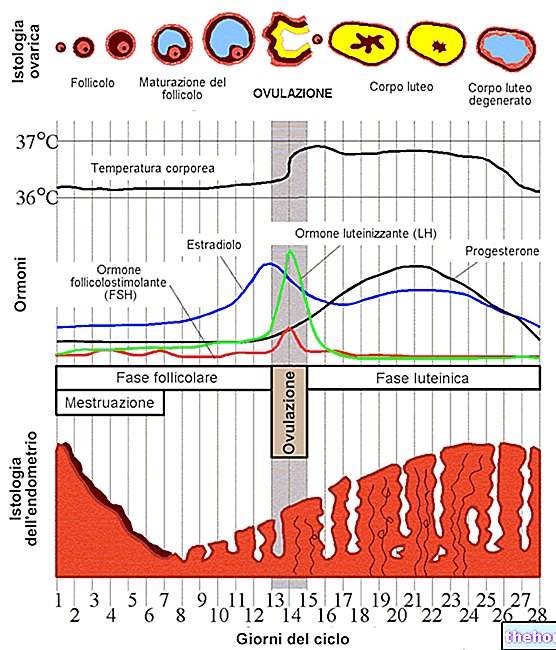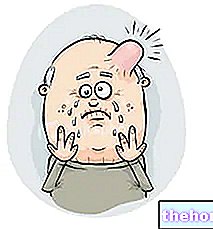The squeezing method is a method associated exclusively with citrus drugs, that is, bitter orange, bergamot, mandarin, lemon and cedar; The essential oil is obtained by squeezing the exocarp of the fruits, characterized by the presence of schizolysis pockets which contain terpenic substances, which, extracted by squeezing, give the essential oil.Another more modern method is punching, carried out in perforated cylinders full of needles, inside which the fresh fruits are placed; by means of mechanical force, the hesperides are then punctured, with consequent leakage of the essential oil.
These three methods allow to evaluate the essential oil yield of different drugs. From a qualitative point of view, however, they do not provide any particular information; this aspect can be evaluated by determining the quantity of water present in the essences, since the most used method to extract them is steam distillation. This extraction technique makes it possible to obtain the essential oil in a container where water is necessarily contained, as an element used to obtain the oil. Water is not a real extraction solvent because it does not dissolve the terpenes, which, in fact, are lipophilic substances, so what you get in the final analysis is the oil separated from the water. In fact, even steam distillation is not a real extraction because the solvent is unable to dissolve the solute; it is instead an "extraction" by physical dragging of elements which by their nature have a "high volatility; water is used to remove these substances from drugs and collect them separately." The two phases, that is the water and the essential oil, will be separated correctly only if the distillation has been carried out equally correctly. However, a minimum amount of water will be dispersed in the essential oil, because there are lipophilic substances but also less lipophilic substances; only if the quantity of water becomes excessive then we can speak of incorrect distillation. In any case, the quantity of water in the "essence is inversely proportional to the correctness of the extraction; to evaluate it, a chemical-physical method is used: the essence is weighed before and after placing it in a stove at a certain temperature and on the basis of the difference in weight the quantity of water present in the essential oil.
The determination of foreign esters contained in the essences represents another type of chemical-physical evaluation. The presence of esters that do not reflect the officinal quality of the essential oil is a mirror of a distillation carried out incorrectly, for example at too high a temperature. high which leads to a radical modification of the terpene compounds that characterize it.
Even the presence of oils, fats and resinified essences, which have terpene compounds with a higher molecular weight, makes the oil less fluid, more viscous, very similar to the resin that comes out of conifers. Therefore, in fact, the presence of a " a high quantity of these high molecular weight terpenes can be an indication, once again, of an incorrect extraction; for example, the high temperature can favor the volatility of high molecular weight molecules, or the condensation of terpene molecules which have been esterified and joined together to form molecules with high molecular weight.
The presence of fatty oils (mainly glycerine mixture) must be evaluated because they must not be part of the essences; their presence is once again a symptom of a wrong extraction. Fatty acids are linear chains of carbon atoms, linked to an alcohol which in turn can join other molecules of the same type. If we consider that the drug subjected to distillation is fresh, the substances present on the surface, such as waxes, can be extracted together with the essential oils and characterize them in a completely different way from how they should be.
Other articles on "Quality Control of an Essential Oil"
- Yield in essential oils
- Pharmacognosy
- Evaluation of an essential oil and haemolytic capacity





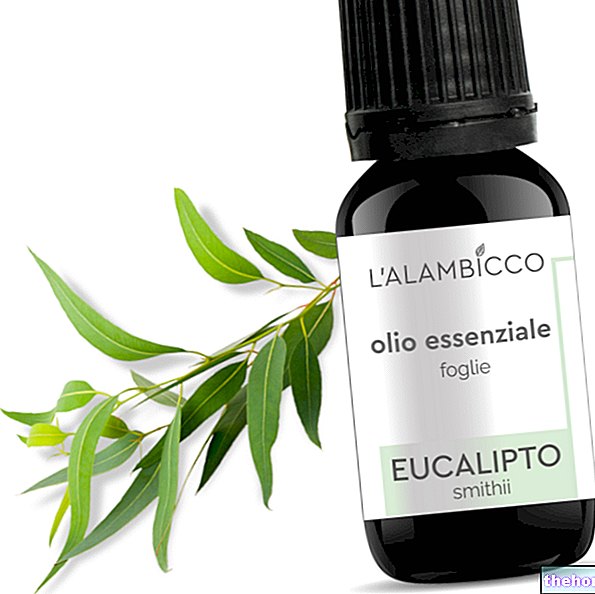
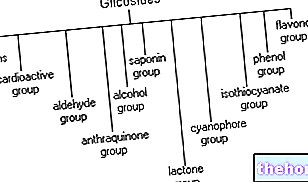

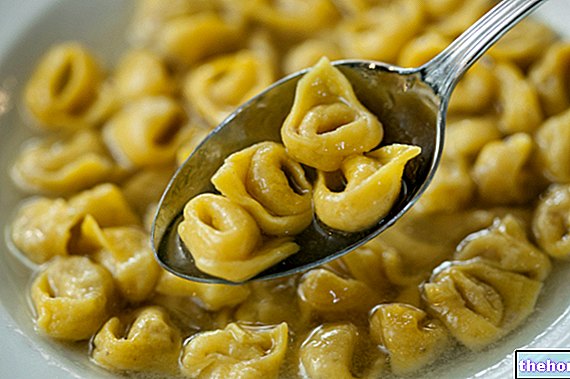

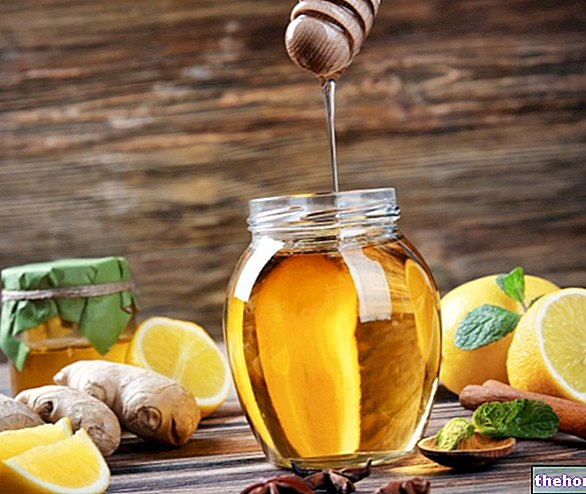



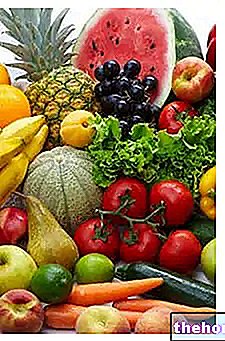
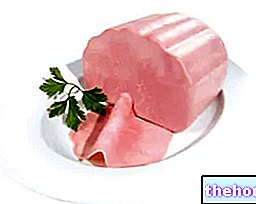

.jpg)



